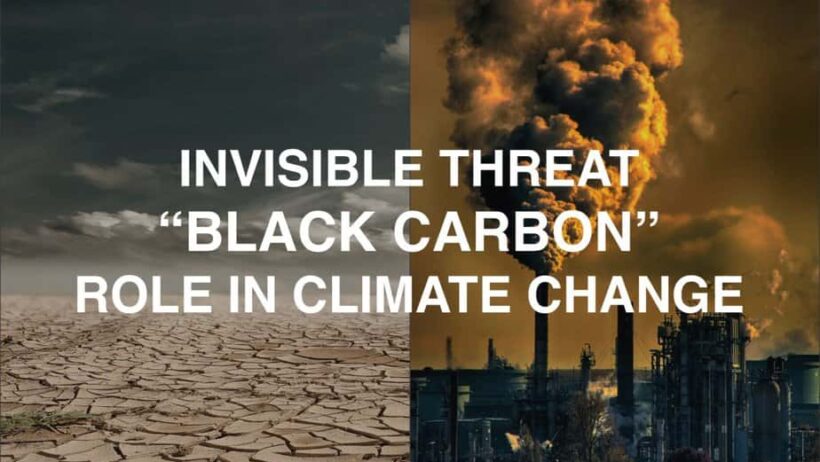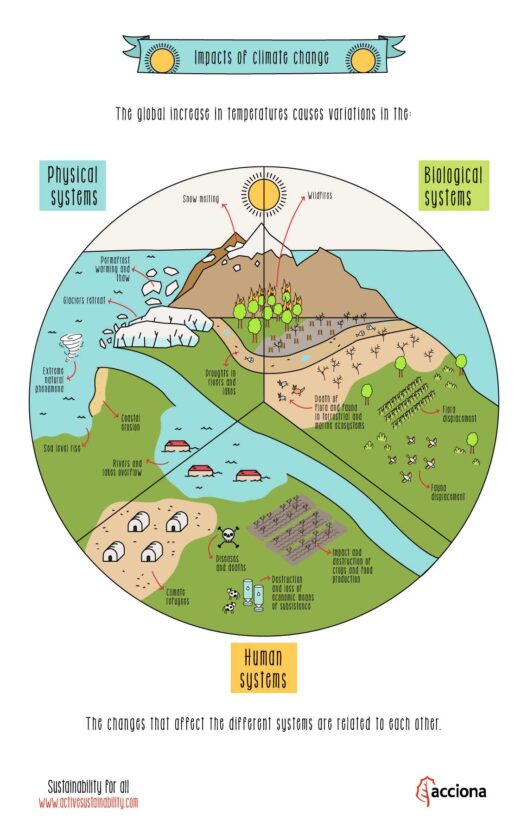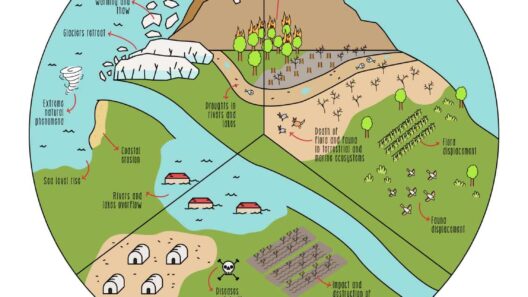Climate Change and Black Carbon: A Rising Concern
Understanding climate change is imperative in today’s world. Among the various contributors to this phenomenon, black carbon emerges as a critical yet under-recognized agent. Often referred to as soot, black carbon is a byproduct of incomplete combustion of fossil fuels, biofuels, and biomass. It plays a significant role in exacerbating climate change, warming the atmosphere and impacting health and ecosystems.
As temperatures rise and glaciers melt, the urgency to address black carbon’s impact becomes increasingly evident. This article delves into the science behind black carbon, its relationship with climate change, and the potential strategies for mitigation. By shedding light on this issue, we can better equip ourselves to tackle one of the era’s most pressing environmental challenges.
The Science of Black Carbon and Its Environmental Impact
Black carbon originates from various sources, including vehicles, power plants, and even household cooking stoves. Its formation is primarily due to the combustion of carbon-containing materials and its particles can remain in the atmosphere for days to weeks. Unlike carbon dioxide (CO2), which can linger for centuries, black carbon has a much shorter atmospheric lifetime but a disproportionately intense warming effect.
Once released into the atmosphere, black carbon can absorb sunlight and generate heat, thus contributing to atmospheric warming. The particles settle on surfaces like ice and snow, reducing their reflectivity or albedo. This absorption of heat accelerates the melting of glaciers and polar ice, as well as altering weather patterns globally.
The Interconnectedness of Black Carbon and Health
The impacts of black carbon extend beyond climate change; they significantly threaten public health as well. Exposure to black carbon is linked to a myriad of health issues, including respiratory diseases, cardiovascular problems, and even lung cancer. Vulnerable populations, especially in developing regions where reliance on biomass for cooking is prevalent, bear the brunt of these effects.
Furthermore, black carbon’s role in climate change creates a vicious cycle for public health. As climate change exacerbates air quality, respiratory ailments rise, which in turn deepens socioeconomic disparities. Communities already burdened by poverty are often those where black carbon pollution is concentrated, limiting access to healthcare and clean energy alternatives. The interplay of environmental deterioration and public health necessitates urgent attention and action on multiple fronts.
Quantifying Black Carbon’s Climate Change Impact
While the scientific community recognizes black carbon as a significant climate change driver, quantifying its exact contribution can be complex. Research suggests that black carbon is responsible for approximately 0.5°C of global warming since the pre-industrial era. Though this may seem modest compared to CO2, the effects are decidedly more pronounced in specific regions, especially in the Arctic, where its presence accelerates ice melt.
Moreover, different types of black carbon have varying heat-trapping abilities, making some sources more detrimental than others. For example, emissions from diesel engines are more potent than those from wood-burning stoves. This nuanced understanding underscores the necessity for targeted regulations and policies that address the most harmful emissions.
A Call to Action: Strategies for Mitigation
Combating black carbon’s impact requires a multifaceted approach. Governments, organizations, and individuals must collaborate to implement effective strategies aimed at reducing emissions. Transitioning to cleaner energy sources is paramount. Shifting from coal and diesel to renewable energy systems, such as wind and solar power, will significantly reduce black carbon emissions.
In addition, improving combustion efficiency in industrial processes and transportation is crucial. Adopting cleaner cooking stoves in developing nations, alongside financial incentives and education about the health risks posed by traditional cooking methods, can help reduce black carbon levels.
International cooperation is also essential. Treaties and agreements, such as the United Nations Framework Convention on Climate Change (UNFCCC) and the Climate & Clean Air Coalition, can enhance collective efforts to mitigate black carbon emissions globally.
Every effort counts; each step toward reducing black carbon is a step toward alleviating climate change. Individuals can play their part too by advocating for policies aimed at emission reductions, supporting renewable energy initiatives, and raising awareness about the health impacts of black carbon in their communities. The cumulative effect of grassroots support can drive significant change at a larger scale.
Conclusion: The Path Forward
The role of black carbon in climate change cannot be underestimated. Addressing this issue holistically involves understanding its sources, impacts, and the measures needed for mitigation. As we forge ahead in our fight against climate change, prioritizing black carbon reduction stands as a vital component of a more sustainable future.
By remaining informed, engaged, and proactive, we can collectively work toward mitigating the impacts of black carbon, ultimately fostering a healthier planet for generations to come. The journey towards a cleaner world requires commitment from all sectors of society, illuminating the path to actionable change that transcends borders.






